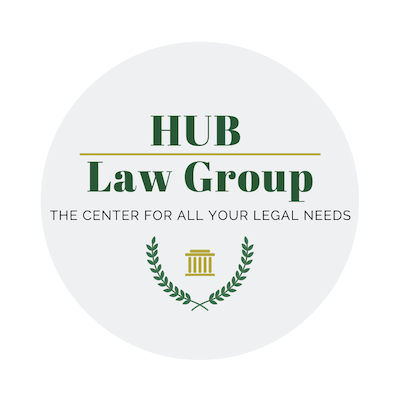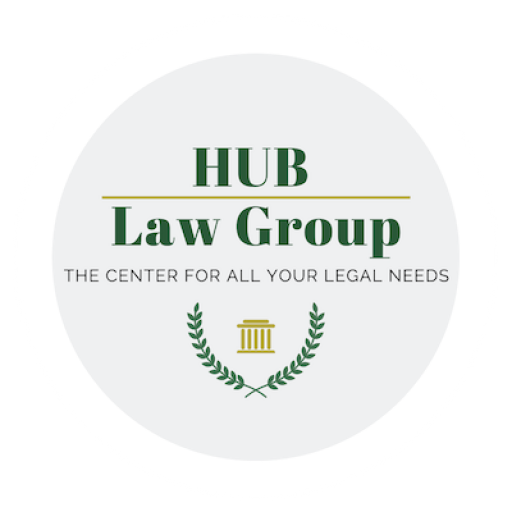With the risks still posed by COVID-19, we all need to face the possibility that we could get sick, even if we take great care of ourselves through good nutrition, sleep, and exercise. And even if you don’t need to be hospitalized, if you do experience symptoms and test positive, you might have to stay quarantined for enough time that you’d lose income. These risks highlight the need for everyone, regardless of their age or current state of health, to have some form of disability insurance coverage.
You might think you don’t need disability insurance, especially if you’re young and in good health. Hopefully, you’re right. Unfortunately, though, becoming disabled can happen to anyone at any time. This isn’t specific to coronavirus either; it has always been true.
The Americans with Disabilities Act has detailed specifics on what a disability is, but the most basic definition is that an individual has “A physical or mental impairment that substantially limits one or more major life activities of such individual.” That can apply to a car-accident or other injury, or a debilitating illness documented by a doctor, including mental illness.
The sad fact is that, according to the US government’s statistics, one in four 20-year-olds become disabled before reaching retirement age. That makes it all the more important that you consider how to protect yourself with insurance.
And this is very important: you must get the actual insurance before something happens. If you’re already sick, you can’t buy disability insurance to make up for lost income.
So now is the time to make a plan. Here’s some information to get you started.
What Qualifies You For Benefits (And What Doesn't)
Let’s get clear on one thing that applies to the coronavirus pandemic: only medical quarantine qualifies you for disability benefits. That means only medical self-quarantine related to COVID-19, which is verified by a doctor, will qualify you. Socially quarantining to decrease your chance of contracting the virus in the first place won’t qualify you for your disability insurance benefits. Disability insurance also won’t cover you if you lose income or health insurance because your employer has closed or laid you off.
Also, disability insurance is not the same as health insurance. Though your failed health is the reason you’d get access to your disability insurance in the first place, disability insurance will not cover your medical bills. Disability benefits are basically to help you pay housing and food costs. But in a time when you’re dealing with disability, it’s good to have those bills covered while you are focused on healing and self-care.
There are two different types of disability insurance, and knowing the difference will help you save a lot of time.
Short-Term Disability Insurance
Short-term disability insurance normally lasts around 3–6 months, sometimes up to a year or two years. It covers about 60–70% of whatever your salary is. The premiums you pay are often higher than long term coverage, ranging from 1–3% of your annual income. So for someone making $50k a year, it would range between $60 to $125 every month. The percentage depends on what kind of health risks the insurance company determines you have. If you smoke, for instance, the premium will probably be higher, just like with many health insurance policies. If you have a risky job, such as dealing with heavy machinery, premiums will likely be higher as well. A major upside, though, is that payouts usually happen within two weeks, which can be a huge relief in an emergency.
Financial expert Dave Ramsey points out that, because of the higher premiums and shorter span of coverage time, you might want to consider building up a solid emergency fund with 3–6 months of expenses instead. You can consider that personal short-term disability coverage that you don’t have to pay premiums on. But if you’re living paycheck-to-paycheck and can’t foresee saving that much (like 80% of American workers, according to CNBC), and your employer doesn’t offer short-term disability insurance, it is something you may want to consider buying yourself.
Long-Term Disability Insurance
This is the type of insurance that is most important to get, no matter what. This is the type that will last through a long recovery or treatment period. Look for a “non-cancellable insurance policy”, which will keep the insurance company from being able to cancel your policy if you have any health changes.
Long-term disability insurance may pay you benefits for a few years or until your disability ends. Most policies cover 40–60% of your salary, but ones that pay up to 70% do exist, and you should try to find one. These policies also cost 1–3% of your yearly income, but they tend to be on the lower side than short-term. A major difference between the two forms of insurance is that it can take up to 6 months to see a payout. This means that it’s not the best option for covering costs if you have to go into medical quarantine for COVID-19.
We recommend that, even if you decide to pass on short-term disability in favor of emergency fund savings (or if your employee already covers it), you should definitely consider a long-term policy to protect your earnings. Remember, though, it will only pay a percentage of the income you’d be taking in otherwise. Make sure you also have health insurance and as much savings as you can get to protect yourself as well.
If you need help weighing your options, give us a call and we’ll be happy to help.
Proper estate planning can keep your family out of conflict, out of court, and out of the public eye. If you’re ready to create a comprehensive estate plan, contact us to schedule your Family Wealth Planning Session. Even if you already have a plan in place, we will review it and help you bring it up to date to avoid heartache for your family. Schedule online today.

